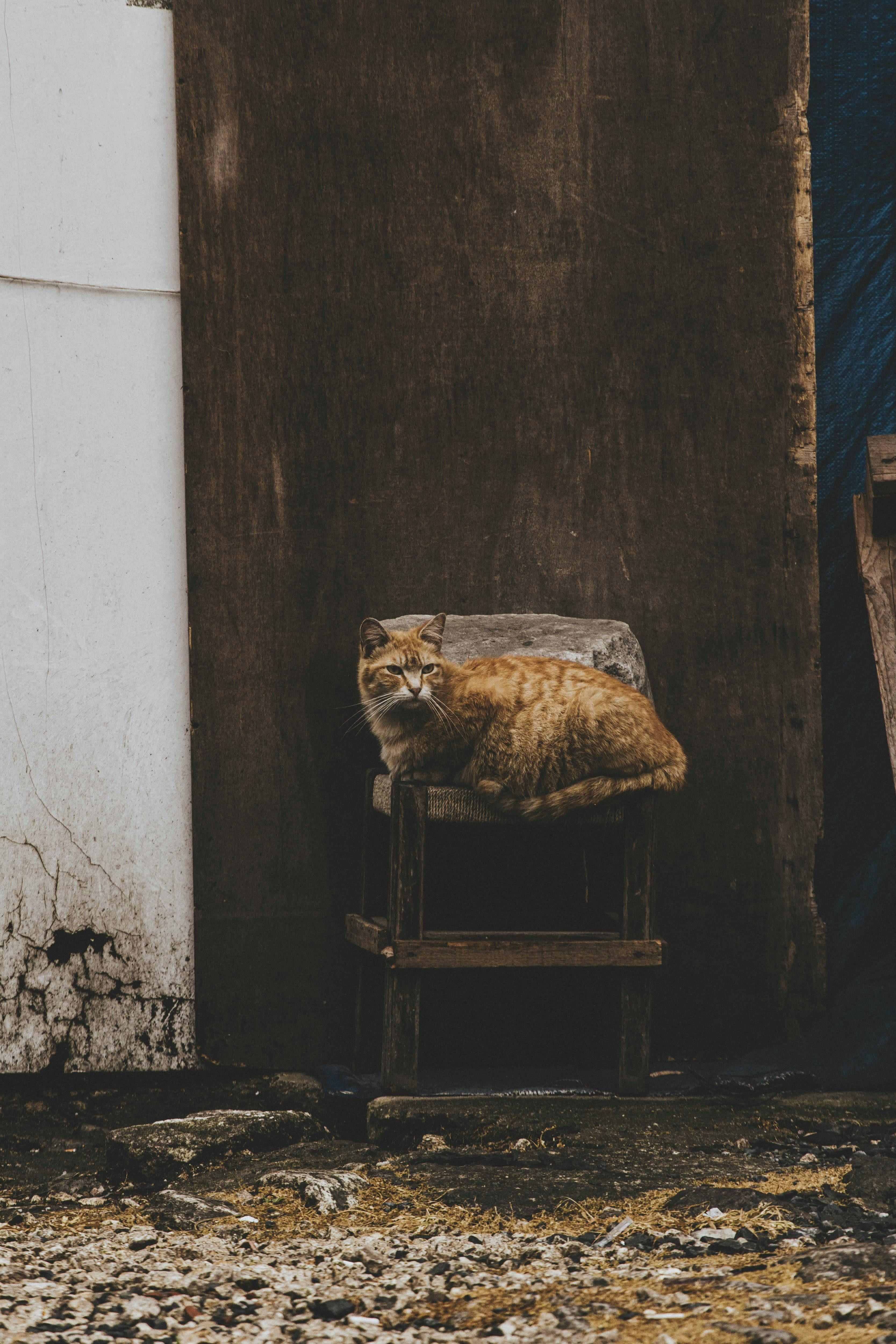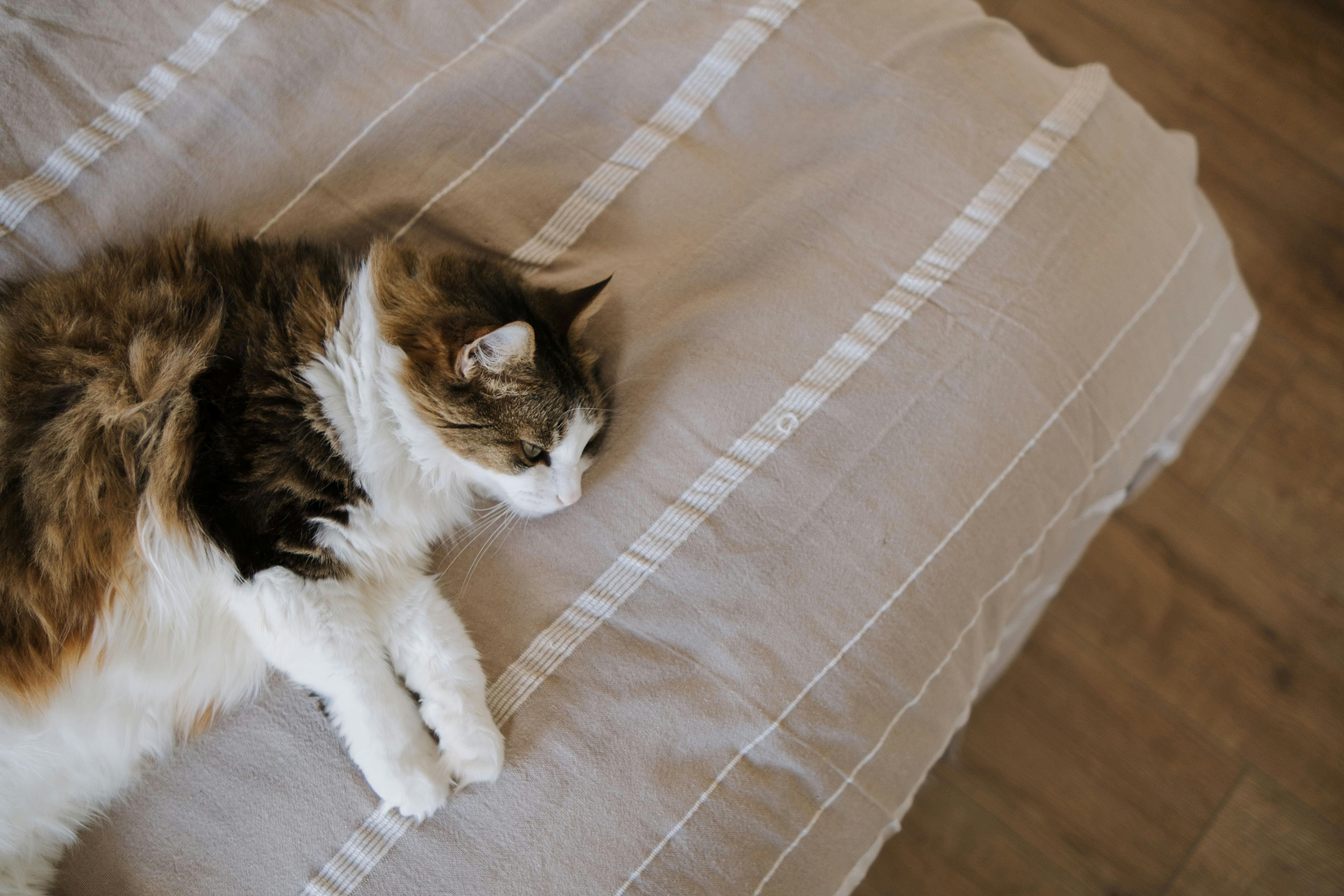Leash training is an essential skill for every puppy owner to master. It allows you to take your furry friend for walks safely and confidently while teaching them important obedience commands. In this article, we will provide you with a step-by-step guide to leash training a puppy, covering everything from choosing the right leash to successfully walking them on a leash. Whether you're a first-time puppy owner or looking to brush up on your training skills, this guide will help you establish a strong foundation and build a harmonious bond with your adorable companion.

This image is property of images.pexels.com.
Choosing the right leash and collar
When it comes to leash training your puppy, choosing the right equipment is essential. One of the first considerations is the size and breed of your puppy. Smaller breeds may require a lighter and shorter leash, while larger breeds may need a longer and sturdier one. Additionally, the breed may also influence the type of collar you choose. For example, a flat collar may be suitable for puppies with shorter muzzles, while a harness may be better for those with a tendency to pull.
Selecting a lightweight and durable leash is crucial for both your puppy's comfort and your ease of control during walks. A leash made from materials like nylon or leather can be a good option, as they are sturdy, long-lasting, and easy to clean. Remember to choose a leash of an appropriate length, usually around 4-6 feet, to allow your puppy enough freedom to explore while keeping them close to you.
Equally important is finding a collar that fits your puppy properly. A collar that is too tight can cause discomfort or even injury, while one that is too loose may slip off easily and compromise your puppy's safety. Opt for an adjustable collar that can be resized as your puppy grows. Measure your puppy's neck circumference and choose a collar that fits snugly but allows you to slip two fingers under it comfortably. This way, you can ensure your puppy stays secure while still being comfortable during training sessions and walks.
Introducing your puppy to the leash
Before you begin leash training your puppy, it's important to create a comfortable environment for them to start getting familiar with the leash. Start indoors, in a quiet and familiar area where your puppy feels safe and at ease. Remove any distractions that may make your puppy anxious or discourage them from focusing on the leash.
Allow your puppy to sniff and investigate the leash at their own pace. This is an important part of the process, as it helps them get accustomed to its presence and scent. You can even place the leash on the floor and let your puppy explore it freely. Encourage positive interactions by rewarding your puppy with treats or praise when they approach, sniff, or touch the leash. This positive association will help your puppy develop a more positive outlook towards the leash and make training easier.
Getting your puppy used to wearing a collar
Before your puppy can start leash training, they need to become accustomed to wearing a collar. Choosing a comfortable and adjustable collar is key to ensuring your puppy feels at ease while wearing it. Opt for a collar made from soft materials like nylon or neoprene, which are gentle on your puppy's skin and won't irritate them.
In the beginning, let your puppy wear the collar for short periods of time under your supervision. This will help them gradually adjust to the sensation of having something around their neck. Monitor your puppy's behavior during this time, ensuring they are not displaying signs of distress or discomfort. If your puppy shows any signs of distress, remove the collar immediately, and try again later. As your puppy becomes more comfortable, gradually increase the duration of collar wear until they are comfortable wearing it for extended periods.
Positive reinforcement training
Positive reinforcement is a highly effective training technique that can be applied when leash training your puppy. By using treats or rewards, you can motivate your puppy to engage in desired behaviors and create a positive association with the leash. Remember to use small, bite-sized treats that are highly valuable to your puppy, such as soft training treats or bits of cooked meat.
To associate the leash with positive experiences, offer treats and praise whenever your puppy displays good behavior while interacting with the leash. This can include things like approaching the leash willingly, touching it with their nose, or even allowing you to clip it onto their collar without resistance. By rewarding these positive interactions, your puppy will start to understand that the leash brings about positive outcomes, making them more likely to engage in leash training willingly.
Praise and reward your puppy not just for their interactions with the leash but also for their general good behavior during training sessions. Positive reinforcement helps to strengthen the bond between you and your puppy and encourages them to continue behaving well during walks.

This image is property of images.pexels.com.
Teaching your puppy to walk on a leash
Once your puppy is comfortable wearing a collar and has developed a positive association with the leash, you can begin teaching them how to walk on a leash. It's best to start in a quiet and familiar environment, such as your backyard or a calm park, where there are minimal distractions.
Keep the leash loose and allow your puppy to explore their surroundings at their own pace. Encourage them to follow you by using verbal cues, such as "let's go" or "walk with me," combined with gentle guidance. Avoid pulling or tugging on the leash, as this may create tension and discomfort for your puppy. Instead, use the leash as a means of communication, guiding your puppy's direction without causing any physical strain.
As your puppy starts following you more consistently, be sure to praise and reward them for their efforts. This positive reinforcement will reinforce the desired behavior and motivate your puppy to continue walking beside you.
Dealing with pulling or resistance
It's not uncommon for puppies to pull on the leash or resist walking initially. When this happens, it's essential to address the issue promptly to prevent it from becoming a persistent problem.
When your puppy pulls on the leash, stop and stand still. By freezing in place, you remove any forward progress or reward your puppy may be seeking through pulling. Stay patient and wait for your puppy to relieve the tension on the leash. Once the leash is loose again, continue walking forward, praising and rewarding your puppy for following calmly.
If your puppy is resistant to walking or becomes fixated on something in the environment, try redirecting their attention with verbal cues or treats. Use a playful tone of voice to get your puppy's focus back on you and continue walking. You can also try using treats as a distraction, encouraging your puppy to move forward by enticing them with a reward.
Consistency is key when dealing with pulling or resistance. Practice regular, short training sessions to reinforce the desired behavior and be patient as your puppy learns to walk politely on the leash.

This image is property of images.pexels.com.
Gradually increasing walking distances
As your puppy becomes more comfortable with leash training, you can gradually increase the walking distances to provide them with more exercise and stimulation. Start with short walks around the block or to a nearby park, allowing your puppy to explore their surroundings while still maintaining control.
During walks, allow your puppy to sniff and investigate their environment. This is an essential part of their mental and physical stimulation and helps them become more familiar with different scents and sights. However, always keep an eye on their energy levels to ensure they don't become too tired or overwhelmed. Adjust the duration and pace of your walks according to your puppy's needs and gradually build up to longer distances over time.
Remember, walking on a leash is not just about physical exercise but also about socialization. Encourage positive interactions with other dogs and people you encounter during walks while reinforcing good behavior. This will help your puppy become well-rounded and comfortable in various social situations.
Socializing your puppy during leash walks
Leash walks provide an excellent opportunity for socializing your puppy and exposing them to different environments and distractions. It's important for your puppy to become familiar with various sights, sounds, and smells from an early age to build their confidence and prevent fear or anxiety issues later in life.
Take your puppy to various locations, such as parks, busy streets, or pet-friendly stores, to expose them to different environments. Allow them to observe and interact with other dogs, people, and even other animals. Always prioritize their safety and ensure that any interactions are positive and controlled.
When introducing your puppy to new dogs or people during walks, keep a close eye on their body language and behavior. Look for signs of fear, anxiety, or aggression, and be prepared to intervene if necessary. Encourage positive interactions by praising and rewarding your puppy for good behavior, such as remaining calm around other dogs or politely greeting strangers.
Troubleshooting common leash training challenges
Despite your best efforts, you may encounter some challenges during leash training. It's important to address these issues promptly and consider seeking guidance from a professional dog trainer or behaviorist, if necessary.
If your puppy displays fear or anxiety while on a leash, take a step back and create a positive association with the leash and walks. Start with short, positive training sessions and gradually expose your puppy to more challenging environments as they become more confident. Provide reassurance and rewards when your puppy displays calm behavior and gradually work towards overcoming their fears.
Excessive pulling or lunging can be a frustrating challenge during leash training. Practice consistent training sessions to reinforce loose leash walking, and use positive reinforcement techniques when your puppy remains calm and focused. Consider using a front-clip harness or other training tools designed to discourage pulling, but always consult with a professional to find the most suitable solution for your puppy.
Leash reactivity or aggression towards other dogs or people requires careful management and professional guidance. In these cases, it's crucial to prioritize the safety of your puppy and those around them. Seek assistance from a qualified trainer or behaviorist to develop a training plan tailored to address your puppy's specific needs.
Consistency and patience in leash training
Leash training can take time and patience, but with a consistent and positive training routine, you can help your puppy become a well-behaved and confident walker. Establish a regular schedule for training sessions, ensuring you allocate dedicated time each day to work on leash skills with your puppy.
Throughout the training process, maintain a patient and understanding attitude towards your puppy. Remember that they are still learning and may make mistakes along the way. Instead of focusing on their shortcomings, celebrate their small achievements and progress. Notice and reward even the tiniest improvements, as this will further motivate your puppy to continue behaving well on the leash.
By following these steps and being consistent in your training approach, you can create a strong bond with your puppy and develop a positive and enjoyable walking experience for both of you. Remember, every puppy is unique, and it may take some time to find what works best for your furry companion. Enjoy the journey together and cherish each small step towards success!


